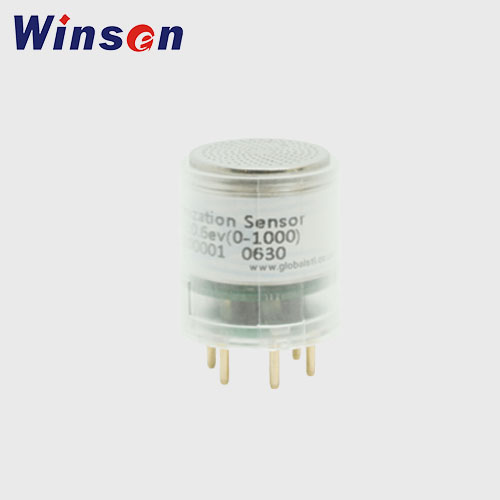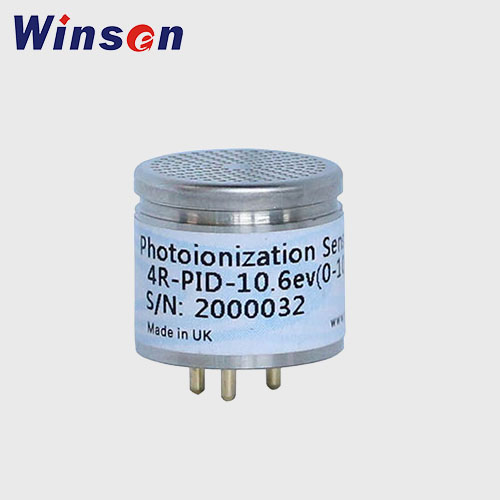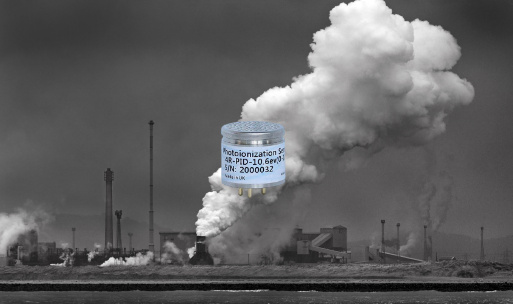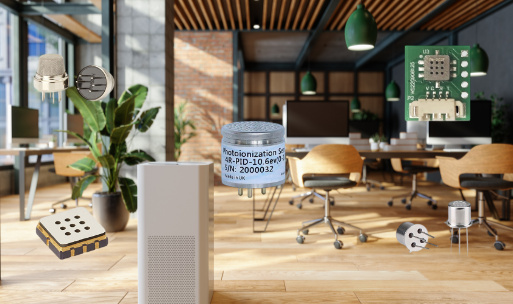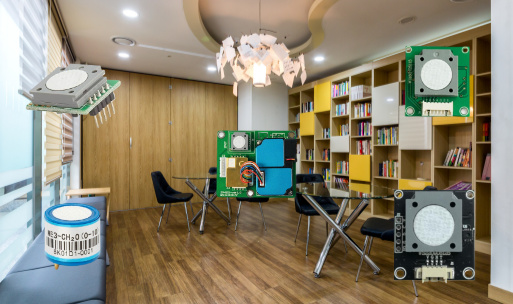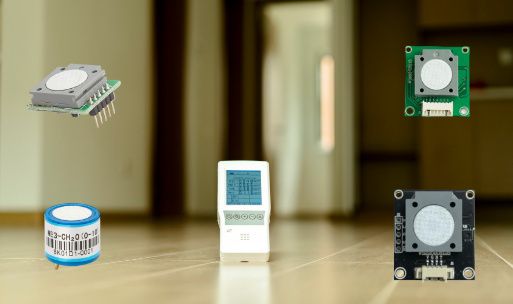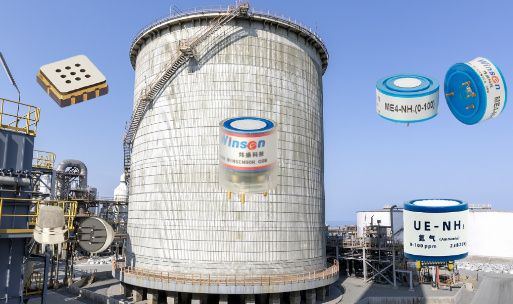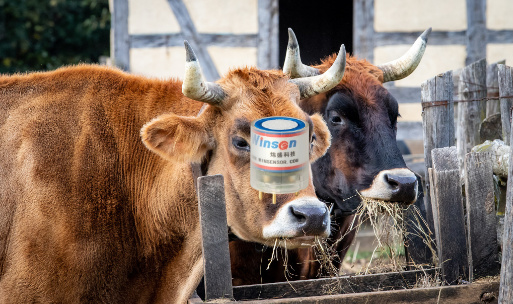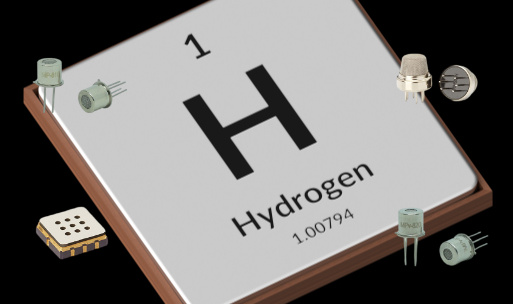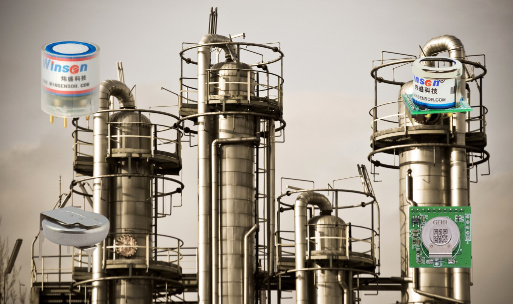PID Sensor (Photoionization Detector) — Complete Guide for High-Sensitivity VOC Monitoring
What Is a PID Sensor?
A PID (Photoionization Detector) sensor detects volatile organic compounds (VOCs) and other easily ionized gases at ppb–ppm levels. It uses ultraviolet (UV) photons to ionize molecules whose ionization potential (IP) is below the lamp energy (commonly 10.6 eV, also 10.0 eV and 11.7 eV). The ion current produced is proportional to concentration, enabling very fast response and broad-spectrum VOC coverage.
Typical detectable families: Aromatics (benzene, toluene, xylene), ketones (acetone, MEK), alcohols (ethanol, isopropanol), esters (ethyl acetate), many aliphatics/olefins, chlorinated solvents, and process solvents used in coating/printing/adhesives. Compounds like methane (high IP) are not detected by standard 10.6 eV PIDs.
How a PID Works — From Photons to Parts-Per-Billion
- UV emission: A sealed lamp (10.0/10.6/11.7 eV) illuminates the sample chamber.
- Ionization: VOC molecules with IP < lamp energy eject an electron, forming a positive ion–electron pair.
- Charge collection: An electric field drives charges to electrodes; a femtoamp–nanoamp ion current is measured.
- Signal conversion: The current is converted to concentration using calibration against a reference gas, typically isobutylene.
- Response factors (RFs): For target compounds other than isobutylene, apply RFs to convert readings to the true concentration.

Winsen PID Sensor
Lamp Energies and Selectivity
| Lamp Energy | Coverage & Selectivity | Advantages | Considerations |
|---|---|---|---|
| 10.0 eV | Narrower spectrum; avoids some interferences | Cleaner selectivity in complex matrices | Misses compounds with IP near 10.6 eV |
| 10.6 eV (standard) | Balanced, broad VOC coverage | Ideal general-purpose choice | Widely supported RF libraries |
| 11.7 eV | Widest coverage including lighter aliphatics | Highest sensitivity footprint | Shorter lamp life; more humidity effects |
Selection tip: Start with 10.6 eV for most industrial hygiene and area monitoring tasks. Move to 11.7 eV when you must detect high-IP compounds; choose 10.0 eV when you need tighter selectivity and fewer interferences.
Key Benefits
- Ultra-low detection limits: Down to ppb with appropriate electronics and averaging.
- Instant feedback: T90 in seconds (diffusion) or faster with pumped sampling—ideal for leak checks and event capture.
- Broad-spectrum VOC coverage: One sensor can flag numerous solvents without changing chemistry.
- Portable or fixed: Compact modules for handheld instruments; rugged transmitters for fixed installations.
- Actionable analytics: Great for rate-of-rise alarms, process trending, and compliance documentation.
Typical Performance (Reference Values)
Actual specifications depend on the chosen Winsen model and configuration.
- Measurement range: 0–2,000 ppm (isobutylene equivalent), extended ranges available
- Resolution / LOD: 1–5 ppb (clean conditions, short averaging)
- Response time (T90): 1–3 s (pumped), <5 s (diffusion, application-dependent)
- Linearity: ±5–10 % of reading across calibrated span
- Drift: Low zero/span drift with temperature/humidity compensation and lamp maintenance
- Operating conditions: −10 to +50 °C; 0–95 %RH non-condensing
- Interfaces: Analog voltage/current, UART/I²C for modules, RS-485/Modbus or CAN for transmitters
- Power: From low-hundreds of mW (diffusion) to sub-W levels with micro-pump
PID vs. Other VOC Sensing Technologies
| Attribute | PID | MOS (Semiconductor) | NDIR/PAS (Infrared/Photoacoustic) | FID (Flame Ionization) |
|---|---|---|---|---|
| Sensitivity | ppb–ppm (excellent) | ppm-class (good for IAQ) | ppb–ppm (compound-specific) | ppb–ppm (excellent) |
| Selectivity | Broad (by ionization potential) | Broad (reducing gases; less specific) | High for target species with IR lines | Broad (total hydrocarbons) |
| Response | Seconds | Tens of seconds | Seconds–minutes | Seconds |
| Maintenance | Lamp cleaning/replace | Minimal | Optics maintenance | Fuel gas supply & safety |
| Size/Power | Portable-friendly | Very small/low power | Moderate | Larger, higher power |
| Best Use | EHS, leak/event detection | IAQ/consumer devices | Specific VOCs in fixed sites | Lab/process THC monitoring |
Application Scenarios
1) Industrial Hygiene & EHS
- Use cases: Leak surveys, hot-work permits, confined space pre-entry, solvent handling, tank farms.
- Setup: Pumped PID with quick-connect calibration cap, dual alarm thresholds, data logging.
- Notes: Establish site-specific RFs for common solvents; require bump tests before shifts.
2) Manufacturing & Process Control
- Use cases: Coating/printing/adhesive lines, solvent recovery, curing ovens, pharmaceutical and electronics production.
- Setup: Fixed PID transmitter with sampling manifold, auto-purge, liquid/particulate traps; connect to PLC/SCADA via Modbus/CAN.
- Notes: Consider heated sample lines near dew point; use hydrophobic/PTFE filters.
3) Laboratories & Cleanrooms
- Use cases: Solvent storage rooms, fume hood perimeters, chromatography exhausts.
- Setup: Diffusion PID for ambient or low-flow pump for targeted points; pair with CO₂, PM, RH/T.
- Notes: Add ozone scrubbing outdoors to stabilize baselines.
4) Building & Facilities Event Monitoring
- Use cases: Odor complaints, maintenance/cleaning events, spill detection.
- Setup: Portable PID for event capture plus fixed IAQ sensors (e.g., MOS TVOC) for background trends.
- Notes: Use rate-of-rise and hold-off logic to avoid nuisance alarms.
Mechanical & Electrical Integration
Sampling choices
- Diffusion: Lowest power and simplest integration; suitable for area monitors.
- Pumped: Controlled flow and faster dynamics; recommended for ducts, hoods, and long sampling paths.
Design practices
- Inlet protection: Hydrophobic and particulate filters; condensate traps for humid/oily streams.
- Lamp window care: Keep above dew point; optional gentle window heater.
- Materials: Use PTFE/PFA tubing to minimize adsorption and memory effects.
- EMC & grounding: Guarded low-leakage input, analog ground hygiene, transient suppression on pump motors.
- Firmware hooks: Zero/span routine, temperature/RH compensation, auto-range (ppb/ppm), health flags (lamp, contamination, pump status).
Calibration, RFs, and Quality Control
- Span gas: Isobutylene (industry standard); document span ppm, flow, exposure time.
- Zeroing: Certified zero air or scrubbed air (charcoal + moisture control).
- Response Factors: Maintain an editable RF table (device or cloud). Apply RFs in reports or in real time.
- Intervals: Bump tests weekly–monthly (risk-based). Full calibration every 3–6 months; more frequent under high VOC or high humidity.
- Records & traceability: Store serial number, date, span value, RF version, environmental conditions (ISO 9001/14001, OSHA/EU compliance support).
Data Processing & Alarm Strategy
- Filtering: 1–5 s moving average; optional exponential smoothing to reduce flicker.
- Event detection: Threshold + rate-of-rise; latching available with manual reset for safety.
- Hysteresis & dwell: Prevents relay chatter; minimum on-time for exhaust fans.
- Trending: 1 s streams for alarms; 10–60 s logging for historical analysis.
- Diagnostics: Monitor baseline noise, recovery time after exposure, and lamp hours as predictive maintenance indicators.
Environmental & Cross-Sensitivity Considerations
- Humidity: High RH can quench signal or cause transients; use RH compensation and non-condensing design.
- High-boiling vapors & aerosols: May foul the lamp window; implement scheduled cleaning with approved solvents and lint-free swabs.
- Ozone/UV-reactive species: Outdoors, upstream ozone scrubbing can stabilize readings.
- Non-detectables: Methane, ethane, and some inorganics are invisible to standard 10.6 eV PIDs—pair with appropriate sensors if required.
Frequently Asked Questions (FAQ)
Q1. Why are PIDs calibrated with isobutylene?
Because it is a stable, widely available reference gas with well-characterized behavior. Other compounds are reported using response factors (RFs).
Q2. Can a PID detect methane or carbon monoxide?
No. Their ionization potentials exceed the energy of 10.6 eV lamps. Use dedicated LEL or CO sensors for those gases.
Q3. How often should I clean or replace the lamp?
Inspect monthly in heavy use; clean the window when baseline noise rises or sensitivity drops. Replace according to lamp life or when cleaning no longer restores performance.
Q4. How does humidity affect readings?
Water vapor can quench ionization and attenuate UV. Use RH compensation, hydrophobic barriers, and avoid condensation.
Q5. Can I run long sampling tubes?
Yes. Use a pumped setup with PTFE/PFA tubing, minimize bends, and install a condensate trap near the inlet.
Q6. Is a PID suitable for explosive gas (LEL) protection?
PIDs measure trace VOCs, not combustible gas concentration for explosion prevention. Pair with LEL sensors for safety interlocks.
Q7. What lamp energy should I choose?
10.6 eV suits most applications. 11.7 eV widens coverage but needs more maintenance; 10.0 eV improves selectivity in complex backgrounds.
Q8. How do I convert isobutylene equivalents to my solvent?
Multiply by the RF of your solvent. Example: 10 ppm iso-equiv × RF(toluene) = ppm toluene.
